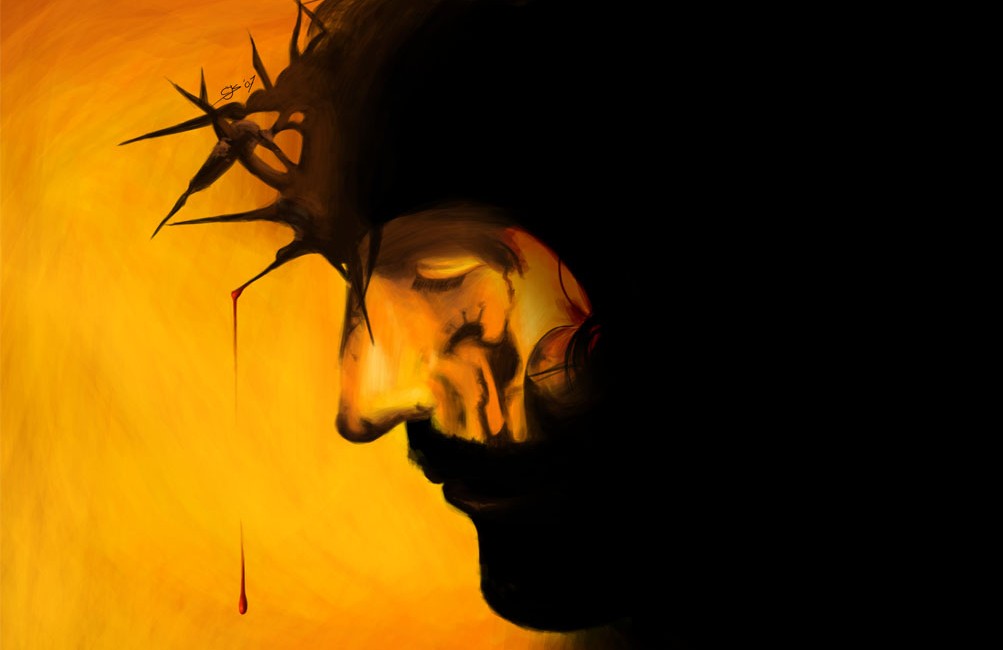
Though He tarried, Jesus did eventually leave the home of Martha to go forth into the city teeming with people all asking the same question: “where is He?” (Jn. 7:10-11) John describes Jesus’ visit to Jerusalem for the Feast of Tabernacles and the Feast of Dedication almost as though it was one continuous story. The two accounts are so tightly bound that it is difficult to tell where the first stops and where the second begins. Yet the former was in October and the latter in December, so we know that there were actually months that intervened. Luke 11:1-14:24 fills the the void of John’s silence. In this post I will continue within the progression of Luke began in the previous one and then briefly address John 7:14-10:42 in the one that follows.
The external facts of this portion in Luke are sparse. The question of the disciples that opens the eleventh chapter hints that they were in the desolate regions John the Baptist had frequented several years earlier. Luke 13:22 says that Jesus was on His way back to Jerusalem from the places He had traveled at that point. Only nine verses later, in Luke 13:31, Jesus is warned to depart from His location at the time because of the threat of Herod Antipas. Judea was not part of Herod’s jurisdiction, so Jesus must have still been in Perea. Finally, Luke 14:1 introduces the scene where Jesus has a meal with “one of the rulers of the Pharisees”. This language is very specific and could only refer to one of the Pharisaic members of the Sanhedrin. Such a man would have resided, of course, in Jerusalem. Thus, it is clear Jesus had arrived in the city once more. Yet it is nearly impossible to imagine Jesus having such a meal after the controversy that erupts at the Feast of the Dedication. And indeed, John’s narrative doesn’t seem to leave any room for the possibility. This must have occurred on the eve of Jesus’ public attendance at the feast.
Beyond these four details, little is offered to tether our meditation to specific places or events. Only a couple of miracles are recorded. It is extended discourses of teaching and frequent conflict with escalating opposition that instead characterized these weeks that spanned between the two visits to Jerusalem. Undoubtedly many dramatic things happened during this time that are not recorded. Yet the absence of these in the inspired text has the effect of further accentuating what simply cannot be escaped in this section. Words. Penetrating, devastating, cutting words pour forth from the lips of Jesus in these chapters. Luke 12:1 says there were so many thousands of people that they risked trampling one another. We need only to join them, pressing as close as we can to the matchless One they all clamored for, and allow ourselves to be overtaken by the intensity and severity of what He said.
